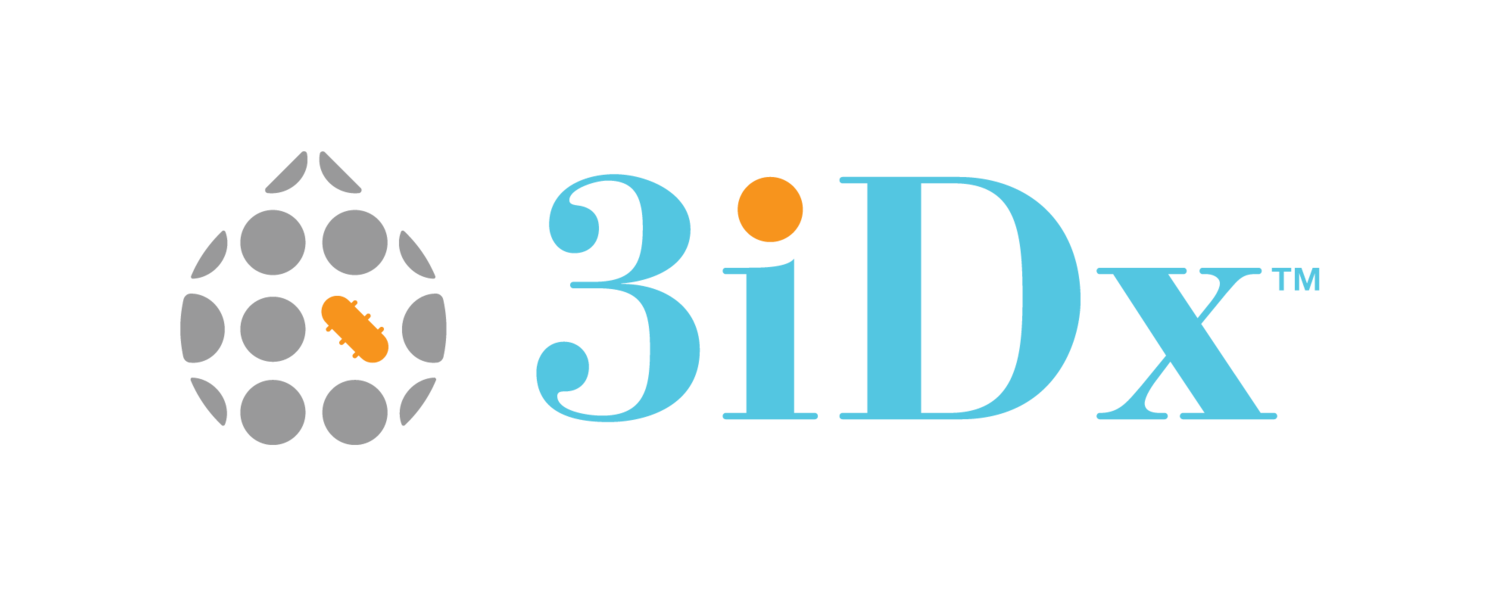Startup 3iDx Raising $5M for Infrared-Based
Pathogen ID Platform
Jan 04, 2017 | Madeleine Johnson
NEW YORK (GenomeWeb) – With the long-term goal of commercializing a rapid blood infection test, startup 3iDx is in the midst of raising $5 million to accelerate development of a novel pathogen detection platform.
The platform, whose core technology was invented by 3iDx's Chief Technology Officer and co-founder Rajesh Krishnamurthy, incorporates a fluidics component that isolates whole pathogens from blood samples, and a reader that relies on infrared-based detection. The firm ultimately envisions the system will be battery operated and portable, CEO and co-founder James Janicki said in an interview.
One innovation of the firm's technology is its sample prep method, which first uses microfluidics to concentrate a blood sample, followed by passage through channels that lyse blood cells but not pathogens.
Krishnamurthy devised the strategy after observing that bacteria have a more robust cell wall than mammalian cells. To take advantage of this, he designed silica passages with their shearing properties modulated such that they will break up everything but fungi, bacteria, or parasites.
From the lysis chamber, the resulting mix of debris and whole pathogen cells is filtered, and the pathogens are concentrated by roughly a million times. It takes about 50 minutes to process 10 milliliters of whole blood, but the firm expects to bring that down to as few as 15 minutes.
A poster presented recently at the International Conference on Miniaturized Systems for Chemistry and Life Sciences by a collaborator at University of Maryland noted the device showed bacterial passage rates of nearly 100 percent, suggesting there is little loss to shearing.
Interestingly, the final filter is also transparent to infrared, which enables the pathogen detection step of the platform to happen on the fluidic device, obviating pipetting.
Janicki noted that different pathogens have unique molecular signatures in infrared, which allows them to be distinguished from each other as whole cells, without any further processing. One seminal study showed a similar method could be used to distinguish different bacterial species by comparing them to a database containing 139 reference spectra.
The method also has the potential of being very precise. "The closest you can get to an [antibiotic susceptibility test] and still be a molecular assay is infrared, because we're looking at a unique molecular signature that includes lipids, polysaccharides, proteins, DNA — it's all in that signature," Janicki said.
3iDx's sample prep method is somewhat similar to those of a small number of firms that aim to capture and purify whole pathogens from samples prior to detection. For example, both Qvella and QuantuMDx use electric fields to isolate intact bacteria followed by PCR endpoint detection, while T2 Biosystems uses essentially miniaturized magnetic resonance imaging to detect whole pathogens in samples.
The 3iDx method is also "hypothesis-free," Janicki said, in that a clinician or laboratorian does not need to make a priori assumptions about what pathogens may be present.
This is also the case for Abbott's Iridica, an agnostic pathogen detection platform that uses reverse transcription PCR electrospray ionization mass spectrometry to identify even unculturable pathogens, as well as for a metagenomic sequencing-based method being pioneered by Charles Chiu at University of California, San Francisco.
Syndromic PCR panels can also be considered somewhat agnostic. But Janicki noted that the cost of PCR-based panels is likely to be higher than the small fluidics-and-IR method 3iDx is developing, although he did not comment on pricing and the platform is still under development.
According to Janicki, though, 3iDx's technology could potentially provide cost savings to hospitals. As a basis of comparison, a four-hour blood test for Candida from T2 Biosystems, for example, was recently shown to reduce mortality and antifungal use, and to save about $25,000 per patient. 3iDx sees particular opportunity in the antimicrobial resistance testing market.
Based in Germantown, Maryland, the firm has been essentially in stealth mode since being founded four years ago. Currently, the company is in the final stages of raising $5 million in seed funding, Janicki said. He expects the funding round to close in the first quarter. 3iDx had previously raised $350k from Aaron Capital, Sparksoft, and co-founder Krishnamurthy. It recently received $150,000 from angel investors.
If it is successful in reaching its funding goal, Janicki estimated it would take about 24 months to develop a research-use only instrument and begin beta testing clinical samples with collaborators, followed by about 12 months to create a clinical instrument. He expects the firm will enter clinical trials in about three years, specifically for a blood infection test, since reimbursement for sepsis testing is currently quite clear-cut.
In the meantime, 3iDx may also launch an RUO contamination detection kit, specifically for rapid testing of biologics, for use on cell lines.
The firm is also in talks with several companies interested in using the sample prep technology as a front-end addition to other detection methods. "We're talking to just about every large company in the space right now, and they are interested in the fluidics in front of everything from sequencers to flow cytometers, even mass specs, and certainly PCR," Janicki said. Companies interested in microbiome analysis have also shown interest in the technology, he said, because the system preserves the original ratio of bacteria in a sample.
3iDx will be developing a database of IR signatures for different pathogens, potentially with the capacity to identify specific strains and resistance, although it may initially focus on no more than a few dozen of the most prevalent bacterial strains that can cause sepsis, for the purposes of regulatory submissions. The firm has also applied for patents on the manufacturing process for its selective lysis chamber and is in the process of obtaining IP for several other elements of its core technology.


